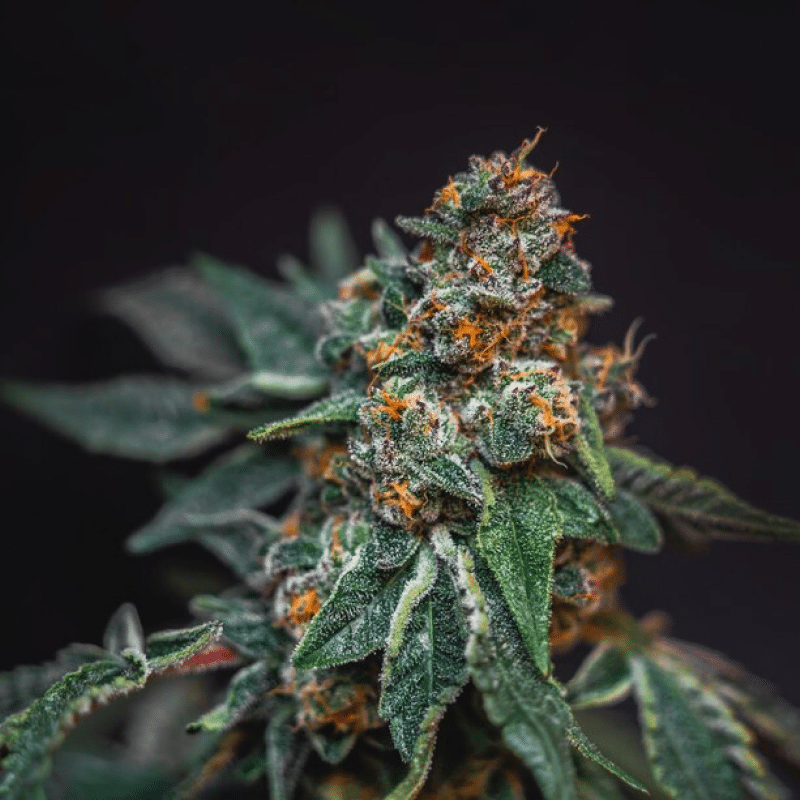Exploring the Emerging Cannabis Boom Towns in the US
The rise of cannabis boom towns across the United States marks a transformative shift in both local economies and societal attitudes towards cannabis. As states continue to legalize cannabis, small towns and cities are experiencing significant growth and revitalization, driven by new business opportunities and job creation in the legal cannabis industry. This summary explores the factors contributing to the emergence of these towns, their potential for economic expansion, and highlights notable examples that illustrate the positive impact of cannabis legalization on communities.

In recent years, cannabis boom towns have sprouted across the US following cannabis legalization in various states, despite the overarching federal law, and FDA that still classifies Marijuana as a Schedule I drug.
The momentum to legalize cannabis has been steadily growing at the state level, with a vast majority of Americans supporting its recreational use and many recognizing its accepted medical benefits.
It’s safe to say that cannabis use has become a lifeline for small towns and big cities alike in the US as more states legalize recreational cannabis products. This post focuses on how these cannabis boom towns are emerging and some notable locations.
What’s the Formula for a Cannabis Boom Town?
As the name suggests, these towns are on the map because they’re making their mark in the legal cannabis industry. But how are they doing so?
Interest and Opportunity
One common factor in the success of these towns, which are states apart, is the community’s interest in making it happen.
The number of opportunities produced for entrepreneurship, employment, etc., greatly motivates local authorities and citizens to invest in the cannabis industry. Plus, the current cannabis plant boom around the country complements the search for respectable employment and a stable income in small towns.
Potential for Growth
Towns are overtaking bigger locations in the cannabis race because of the available space and resources. The communal air of a small town also brings together like-minded individuals or attracts bigger cannabis business owners who see the opportunity for starting something impressive in the area.
Once a town is known for its produce, which is cannabis in this case, neighboring towns are bound to come to see what the noise is all about. So, growth is becoming inevitable in these circumstances.
An Agreeable Market
The potential market within and outside the town separates a failing and succeeding location. Some states are leading the race but are only satisfying a limited population. They forget that some enthusiastic users in farther areas require closer resources.
Communities are coming together to provide locals with resources and cannabis products (especially products with synthetic THC). While doing this, they’re unknowingly reviving the luster of businesses in their towns.
Cannabis Boom Towns
Cannabis has become a lifeline for many communities that have lost their income due to bankrupt businesses, COVID-19, and other administrative struggles. The decision of their states to legalize cannabis truly changed their fates.
Here are some notable towns that are success stories of the cannabis boom:
1. San Manuel, Arizona.
A great example of a town starting fresh is San Manuel, which went from being known for its copper mines to a growing marijuana hub.
The cannabis market in the state is pushing towards progress, and this town is pulling its weight and some more. With employment being their biggest concern after the closure of mine-related establishments, cannabis has brought over 75 new jobs to the community. This number is expected to see a steady rise.
2. Desert Hot Springs, California.
What was once an overlooked turn on the I-10 is now one of the upcoming hubs of cannabis cultivation in California.
The vast expanses of undeveloped land were a jackpot for real estate, while the 420-friendly locals and authorities further sweetened the deal for many. The town now boasts numerous cultivation centers and cannabis enterprises that are changing the face of its economic status.
Previously, the local government filed for bankruptcy in 2001 and continued to struggle in the years before its cannabis boom. Now, it’s becoming a key player in California’s growing market.
3. Ellenville, New York.
The state of New York has its hands full with its bustling legal and illegal cannabis markets. While it focuses on regulating cannabis in areas under the limelight, locations such as Ellenville are steadily entering the scene.
This small community saw a rise in employment opportunities through the opening of a wholesale cannabis cultivation and manufacturing plant.
It brought hundreds of jobs, making locals more optimistic about establishing a cannabis market. The area also expects future investments once the initial projects succeed.
4. Dinosaur, Colorado.
Colorado has found a gem for its cannabis industry in a peculiar spot. The main contributors to Dinosaur’s pot businesses are the neighboring states, which are yet to legalize marijuana or its sales. This strategic location at the border brings money in from all sides.
Now, Dinosaur City has bloomed to its full potential in a decade, a hub for cannabis enthusiasts, offering a wide array of cannabis products catering to both medical use and recreational use. With its cannabis tax, it was able to revive the town’s infrastructure, treasury, and even cultural activities such as its new “Dinosaur Stone Age Stampede.”
5. Ontario, Oregon.
Oregon was the fourth state to legalize cannabis in the US, and one indicator of its success is the markets blooming away from major cities. Ontario is a smaller town near the Idaho-Oregon border, which has come to everyone’s attention because of a heated inter-state debate.
The town has experienced an impressive cannabis boom, which is also providing cannabis to out-of-state residents, notably from Idaho (where cannabis remains illegal in all capacities).
Bottomline
The cannabis industry may have started in the bustling cities, but it’s made its way into the hearts of smaller communities around the states. The phenomenon of cannabis boom towns is a welcomed after-effect of public opinion changing and becoming more accepting of cannabis.



